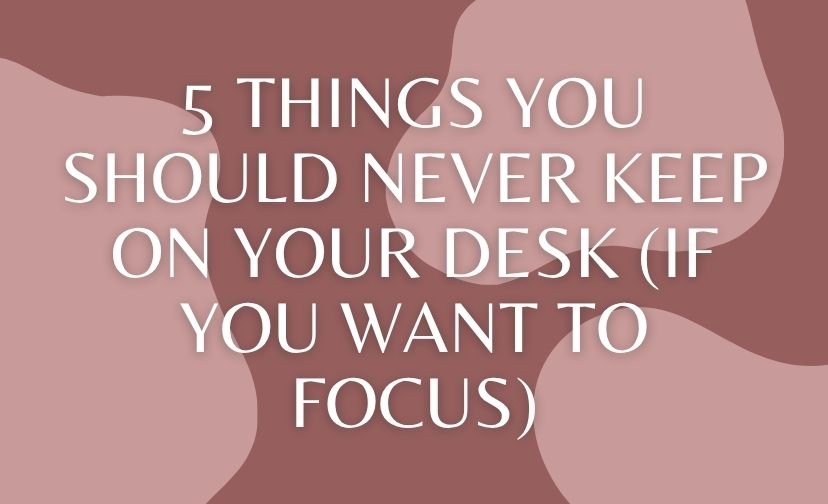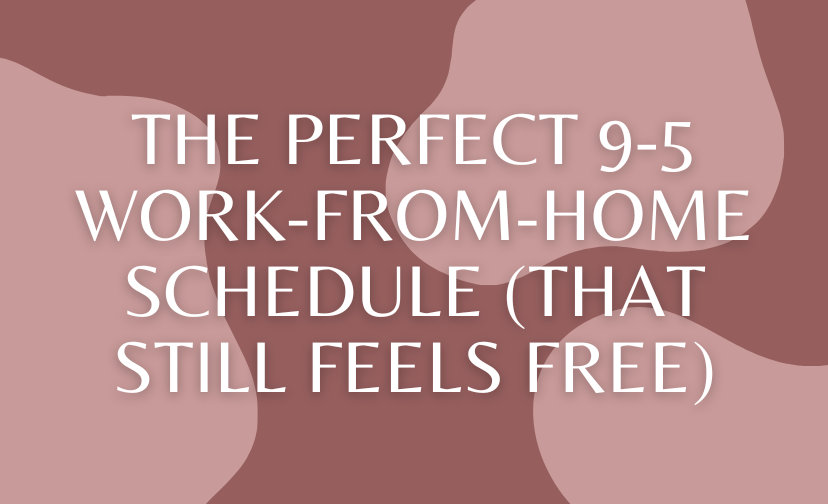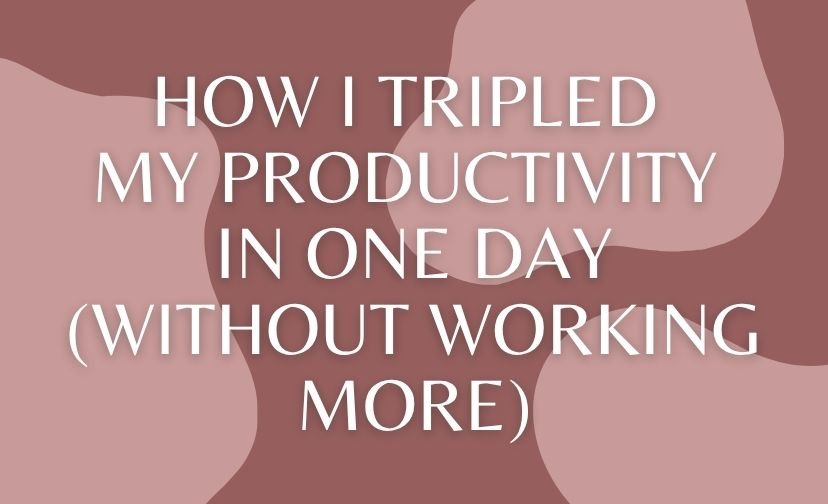Imagine walking into your office, greeted by a desk that resembles a battlefield rather than a workspace. Papers are strewn across the surface, a tangle of cables lie in wait to ensnare your feet, and various trinkets seem to multiply overnight.
In this chaotic scene, how can one hope to concentrate? The clutter-free workspace is more than just an aesthetic goal; it’s a necessity for maintaining mental clarity and enhancing productivity. Today, we delve into the psychological impacts of clutter and reveal five common desk items you should consider removing to foster a more focused and serene environment.
Understanding the Importance of a Clutter-Free Workspace
In our fast-paced world, distractions are plentiful, and clutter is a silent productivity killer. A desk organization is not merely about tidiness; it’s about creating an environment where your mind can thrive.
The chaos of a cluttered desk can be likened to a cacophony of thoughts vying for attention, each item demanding a piece of your cognitive bandwidth.
The Psychological Impact of Desk Clutter
Clutter isn’t just a physical nuisance; it has profound psychological effects. Studies have shown that a disorganized workspace can increase stress levels, making it difficult to focus on tasks at hand.
Visual clutter competes for your attention, reducing your capacity to concentrate and process information effectively. Imagine your brain as a computer; too many open tabs can slow it down, leading to frustration and decreased productivity.

How Clutter Affects Productivity
Productivity isn’t just about getting things done; it’s about doing them efficiently and effectively. A cluttered desk can lead to what experts call “visual noise,” where the sheer presence of too many items causes mental fatigue.
This can result in longer time spent on tasks, frequent distractions, and an overwhelming feeling of chaos. By embracing a clutter-free workspace, you can enhance your focus and accomplish tasks with greater ease.
The Top 5 Desk Clutter Culprits to Remove
1. Outdated Electronics and Cables
Old gadgets and tangled cables are notorious for creating unnecessary clutter. Outdated electronics not only take up space but also distract from the task at hand. Consider recycling or donating devices you no longer use. Invest in cable organizers to keep cords tidy and prevent them from becoming an eyesore.
Use cable ties or clips to bundle cords neatly. This simple step can greatly reduce visual clutter and prevent accidental unplugging of essential devices.

2. Excessive Papers and Documents
Piles of paper can quickly transform a desk into a chaotic mess. Old bills, receipts, and notes often accumulate faster than we realize. Implement a digital filing system to store important documents electronically.
This not only saves space but also makes it easier to locate files when needed. For papers that must remain physical, a simple filing cabinet or tray can work wonders in keeping them organized.
Schedule a weekly “paper purge” session. Dedicate 10 minutes to sort through documents, shredding or filing as necessary. This habit prevents paper piles from taking over your workspace.
3. Unnecessary Decorative Items
While personal touches can make a workspace feel inviting, too many decorations can lead to distraction. Choose a few meaningful items to display and rotate them periodically. This keeps your desk visually interesting without overwhelming your senses.

4. Overabundance of Writing Instruments
It’s easy to accumulate pens and pencils over time, yet most of us only use a select few. Keep your favorite writing tools within reach and store the rest. A decorative holder can add a touch of style while maintaining order.
5. Broken or Duplicate Office Supplies
Duplicates and broken items are common culprits of clutter. Assess your supplies regularly, discarding what’s broken and donating excess items. This not only frees up space but also ensures you have easy access to the tools you need.

Strategies for Maintaining a Clutter-Free Workspace
Daily and Weekly Cleaning Routines
Consistency is key to maintaining a tidy workspace. Implement a daily routine where you spend a few minutes organizing your desk at the end of the day. Weekly, dedicate time to a more thorough cleaning, ensuring everything is in its designated place.
Organizing Your Desk Effectively
Effective organization involves more than just putting things away. Consider your workflow and arrange items according to frequency of use. Keep essentials within arm’s reach and store less-used items out of sight.
| Item | Action |
|---|---|
| Daily-Use Items | Keep on Desk |
| Occasional-Use Items | Store in Drawer |
| Rarely Used Items | Store in Cabinet |
Utilizing Storage Solutions and Tools
Invest in storage solutions that suit your needs. Drawer dividers, shelves, and file organizers can help maintain order and accessibility. Labeling systems are also beneficial for quickly locating items.

Embracing Minimalism for Maximum Focus
Minimalism isn’t about having nothing; it’s about having what matters. By prioritizing function over form, you can create a workspace that enhances productivity and mental clarity.
Creating a Functional and Aesthetic Desk Setup
Your desk should be a reflection of your work style and preferences. Arrange it in a way that’s both functional and pleasing to the eye. This balance encourages focus and creativity.
The Benefits of a Tidy Desk on Mental Clarity
A tidy desk fosters a calm and clear mind. With fewer distractions, you can focus more effectively, leading to increased productivity and job satisfaction.

Final Thoughts on Desk Organization and Productivity
Achieving a clutter-free workspace is an ongoing process that requires dedication and mindfulness. By identifying and eliminating common clutter culprits, you create a conducive environment for focus and creativity.
Remember, the goal is not to strip your desk bare but to cultivate a space where your mind can flourish. As you embark on this journey, embrace the changes and enjoy the newfound clarity and productivity that come with a well-organized desk.





